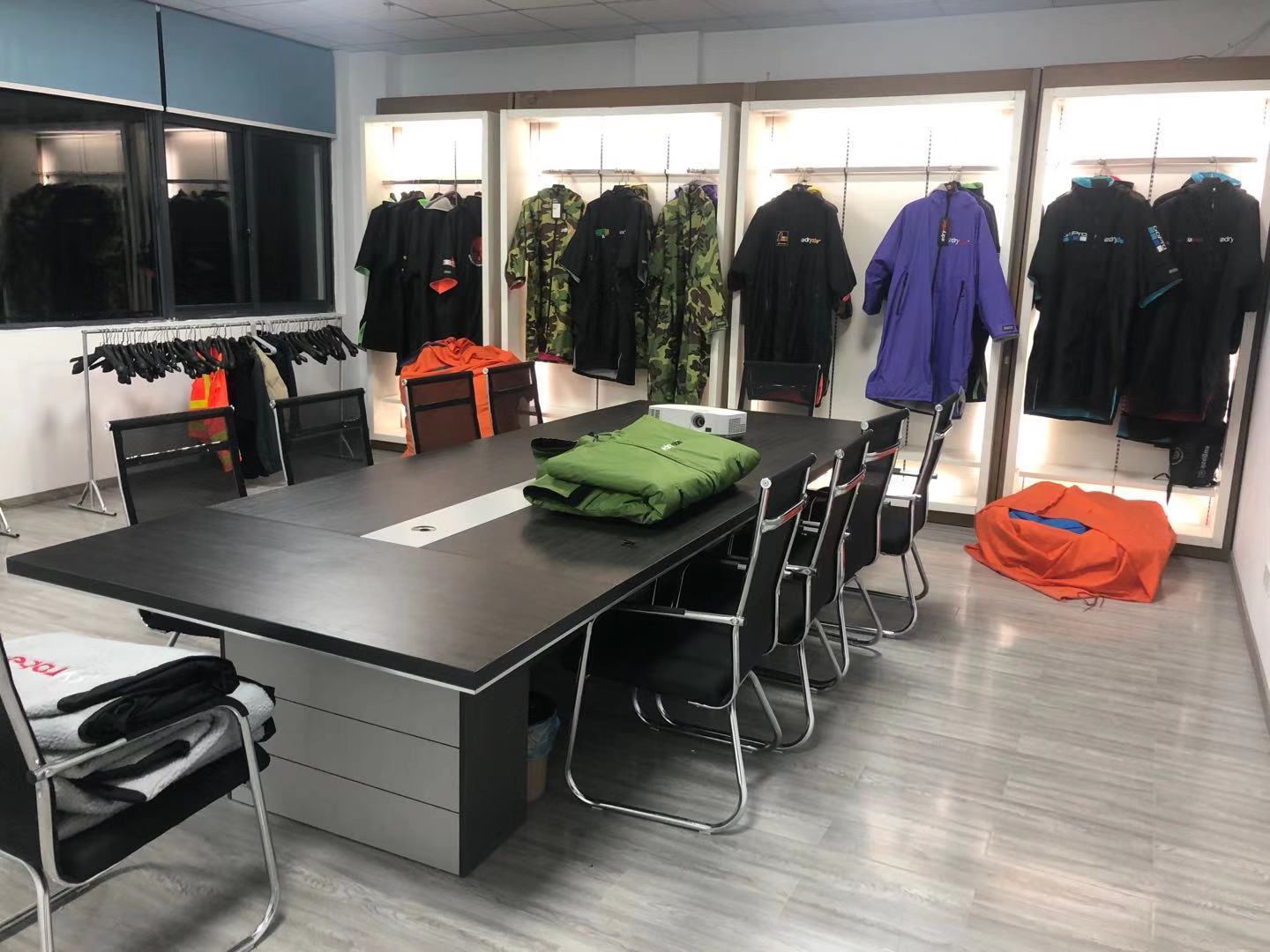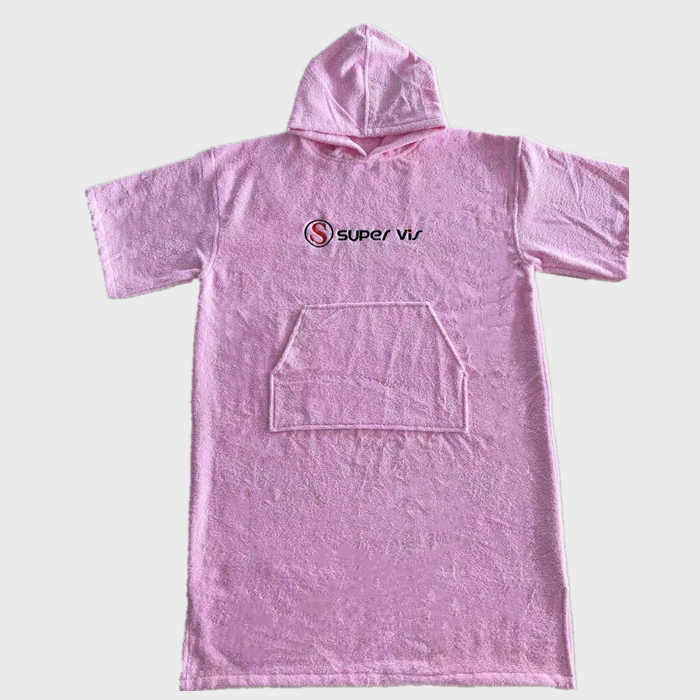The leaves of the foliage are also known as the colorful leaves of the sea, and the leaves of the begonia are the leaves of the begonia. The begonia is a perennial grass of the perennial species, and the thick and thick fleshy roots lie flat in the ground. The petiole is fluffy and is drawn directly from the rhizome. Leaf broadly ovate, apex acute, leaf length 20 cm to 30 cm, width 15 cm to 20 cm, irregular jagged edges, veins with hairs. The leaves are colorful and mottled, depending on the species, they are silver, gray, red, purple, brown, green, and black, and even have different color patches or patches on one leaf. The cymules were born in leafhoppers, and the flowers were white or pale pink and not noticeable. There is also an iron cross begonia in the same genus. It is also a leaf-like product. Its leaves are nearly heart-shaped, and the leaves have a unique scalloped bulge. The leaves are yellow-green or light green. There are cross-like iron-brown stripes along the veins. , Other characteristics and methods of cultivation and propagation are the same as that of Begonia. Begonia variegata is native to India and there are many horticultural species cultivated by hand. Hi warm, moist and well-ventilated semi-negative environment, avoid drought and hot and humid. Growth temperature 15 °C to 25 °C, in this condition to keep the basin soil moist, do not wait for basin soil completely dry and then water, otherwise it will have a fatal effect on the plant, but can not pour long-term water, so as not to cause bad root. During the growing season, higher air humidity is given. The plants can be sprayed with water or the flower pots can be placed on top of the fish tanks to prevent the coking of the tip and the leaf edges caused by the air drying, but the water droplets cannot stay on the leaves for a long time. Apply a thin, diluted liquid fertilizer or compound fertilizer every half month. Pay attention to ventilation in summer and avoid heavy rain and sun exposure. In winter, keep it in a bright place and reduce watering. The temperature must not be lower than 10°C. The basin is changed once every year from March to April, basin soil is required to be loose and airy, well drained, and rich in humus. You can use rotoliny or peat soil to add 1/3 coarse sand or perlite and vermiculite. A small amount of cooked chicken and cow dung are used as base fertilizer. Remove old soil and rotten roots when changing basins, plant them with new culture soil, and put a layer of tiles or pebbles on the bottom to facilitate water drainage. Breeding Begonia leaves with ramets or leaves inserted. The ramets can be combined with spring change basins, and the rhizomes are cut into several sections. Each section needs to have new shoots and two or more leaves. After the wounds are slightly dried, they are planted in pots and the planting depth is rooted. The upper part of the stalk is flat with the soil surface. Leaf plugs can be cut in the summer and mature mature leaves, with a sharp knife in the branches of the main vein back to cut several knives, and then tiled on the sand surface of the cutting bed, in order to ensure that the incision and the sand surface contact closely, can be Press a few small stones on the leaves or sprinkle a small amount of sand. After maintaining the medium and air with higher humidity, in the semi-negative condition, the upper part of each incision will produce bud plexus after 4 weeks to 6 weeks, and the lower part will take root and the buds will be separately planted after the roots and buds are slightly larger. In order to save the area of ​​the insertion bed, it is also possible to cut the blades into triangles and to make each leaflet have a main leaf vein. Then insert the leaflets upright in the soil, after which the base of the small leaflet will take root to sprout, and the old leaf can be connected. When planted in a small pot, it becomes a new plant. Begonia Begonia has a wide variety of species, each with its own characteristics. Although the flowers are not large, the colors are not so bright, but their huge leaves are beautifully colored. They are very beautiful foliage plants. They are used to decorate homes, windowsills, etc. Fashion, unique effect.
Cotton dry robe poncho, dry robe waterproof, customized logo dry robe, long sleeve dry robe poncho supplier fore more than 7 years. We are factory directly with cheap price.
| Product Name | Cotton Dry Robe Poncho |
| Size | One size or customized |
| Color | Black, Grey, Blue, Red and etc and customized |
| Fabric | Recycled nylon and polyester |
| Sample | Available ( about 5-7 days) |
| Logo | Customized logo accepted |


Cotton Dry Robe Poncho,Dry Robe Waterproof,Customized Logo Dry Robe,Long Sleeve Dry Robe Poncho
Suzhou Golden Gamrnet MFG Co.,Ltd , https://www.svchangerobe.com